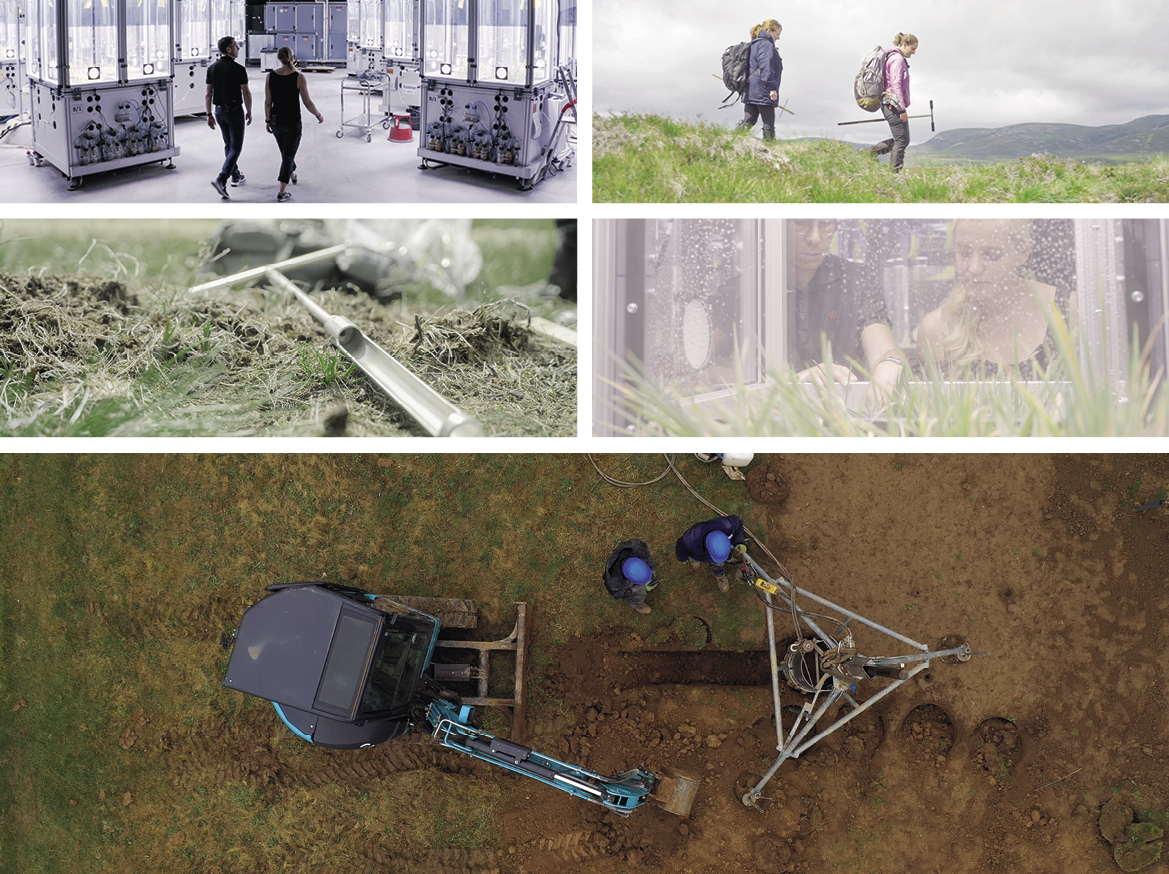THE DNA OF SOIL

What is soil made of, how does it come about? And how can we use and preserve it as sustainably as possible? A scientific look below the surface of the earth provides the latest findings on the DNA of soil.
Our soil is the basis for food production, habitat for humans and animals, it manages water resources and protects our groundwater. Soil is also of key importance to climate protection. But how does soil actually come about? What is it made of and why is our soil a threatened resource? We meet one of its most important inhabitants, sometimes known as an "ecosystem engineer", the earthworm. The earthworm guides us through the film and takes us to different locations. In Scotland, a government project is dedicated to rewilding moorland. This is an important step in the fight against climate change – moorlands are terrestrial ecosystems that store vast amounts of carbon. In Leipzig, scientists are investigating the impact of climate change and soil usage on soil health. High up in the mountains in Kaunertal, Austria, specially developed seeds with microbacteria are being used to combat erosion. These projects have one thing in common: they want to understand soil better and protect and preserve soil for as long as possible. It takes thousands of years for one metre of organic humus to develop. This makes soil a non-renewable resource – one that is under threat.